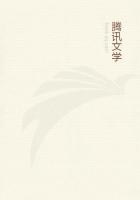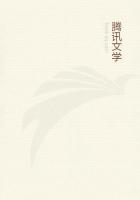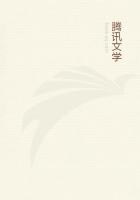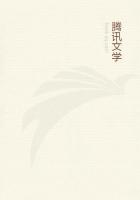I MADE but few and comparatively short visits to this large and little known island, but obtained a considerable knowledge of its natural history by sending first my boy Ali, and then my assistant, Charles Allen, who stayed two or three months each in the northern peninsula, and brought me back large collections of birds and insects. In this chapter I propose to give a sketch of the parts which I myself visited. My first stay was at Dodinga, situated at the head of a deep-bay exactly opposite Ternate, and a short distance up a little stream which penetrates a few miles inland. The village is a small one, and is completely shut in by low hills.
As soon as I arrived, I applied to the head man of the village for a house to live in, but all were occupied, and there was much difficulty in finding one. In the meantime I unloaded my baggage on the beach and made some tea, and afterwards discovered a small but which the owner was willing to vacate if I would pay him five guilders for a month's rent. As this was something less than the fee-simple value of the dwelling, I agreed to give it him for the privilege of immediate occupation, only stipulating that he was to make the roof water-tight. This he agreed to do, and came every day to tally and look at me; and when I each time insisted upon his immediately mending the roof according to contract, all the answer I could get was, "Ea nanti," (Yes, wait a little.)However, when I threatened to deduct a quarter guilder from the rent for every day it was not done, and a guilder extra if any of my things were wetted, he condescended to work for half an hour, which did all that was absolutely necessary.
On the top of a bank, of about a hundred feet ascent from the water, stands the very small but substantial fort erected by the Portuguese. Its battlements and turrets have long since been overthrown by earthquakes, by which its massive structure has also been rent; but it cannot well be thrown down, being a solid mass of stonework, forming a platform about ten feet high, and perhaps forty feet square. It is approached by narrow steps under an archway, and is now surmounted by a row of thatched hovels, in which live the small garrison, consisting of, a Dutch corporal and four Javanese soldiers, the sole representatives of the Netherlands Government in the island. The village is occupied entirely by Ternate men. The true indigenes of Gilolo, "Alfuros"as they are here called, live on the eastern coast, or in the interior of the northern peninsula. The distance across the isthmus at this place is only two miles, and there, is a good path, along which rice and sago are brought from the eastern villages. The whole isthmus is very rugged, though not high, being a succession of little abrupt hills anal valleys, with angular masses of limestone rock everywhere projecting, and often almost blocking up the pathway. Most of it is virgin forest, very luxuriant and picturesque, and at this time having abundance of large scarlet Ixoras in flower, which made it exceptionally gay.
I got some very nice insects here, though, owing to illness most of the time, my collection was a small one, and my boy Ali shot me a pair of one of the most beautiful birds of the East, Pitta gigas, a lame ground-thrush, whose plumage of velvety black above is relieved by a breast of pure white, shoulders of azure blue, and belly of vivid crimson. It has very long and strong legs, and hops about with such activity in the dense tangled forest, bristling with rocks, as to make it very difficult to shoot.
In September 1858, after my return from New Guinea, I went to stay some time at the village of Djilolo, situated in a bay on the northern peninsula. Here I obtained a house through the kindness of the Resident of Ternate, who sent orders to prepare one for me. The first walk into the unexplored forests of a new locality is a moment of intense interest to the naturalist, as it is almost sure to furnish him with something curious or hitherto unknown. The first thing I saw here was a flock of small parroquets, of which I shot a pair, and was pleased to find a most beautiful little long-tailed bird, ornamented with green, red, and blue colours, and quite new to me. It was a variety of the Charmosyna placentis, one of the smallest and most elegant of the brush-tongued lories. My hunters soon shot me several other fine birds, and I myself found a specimen of the rare and beautiful day-flying moth, Cocytia d'Urvillei.















